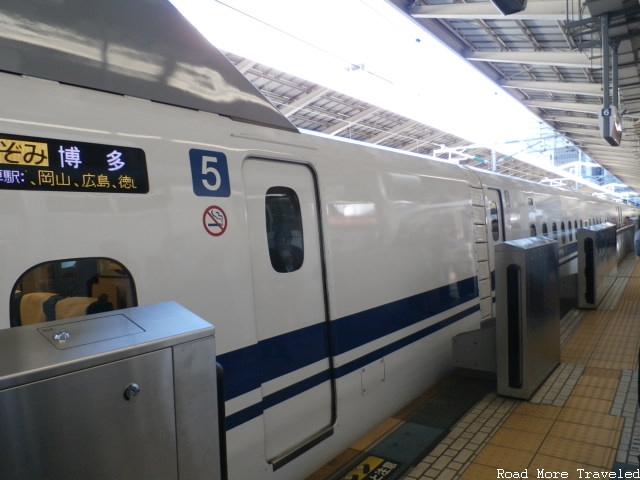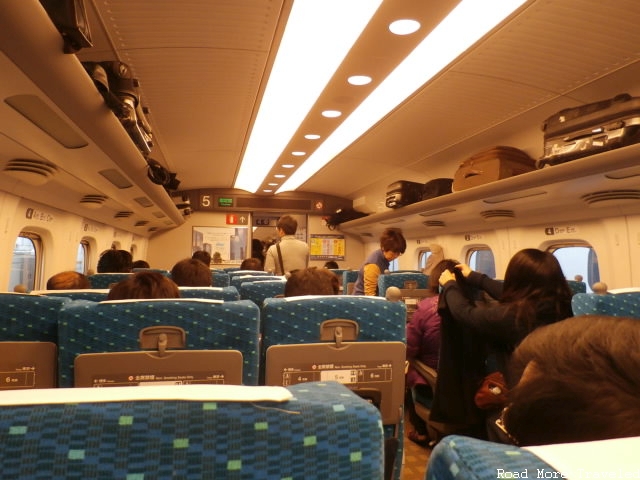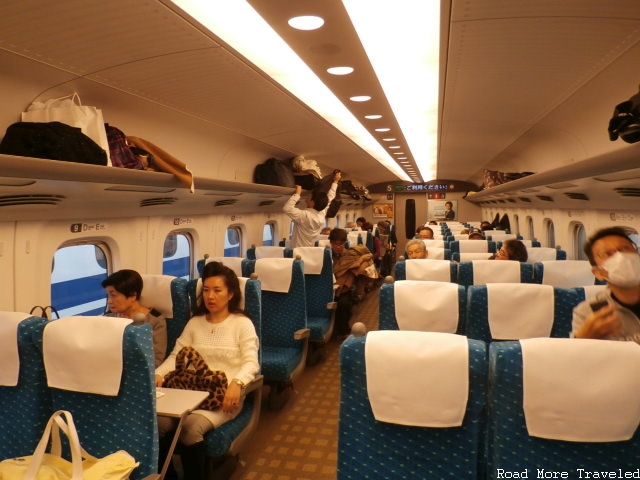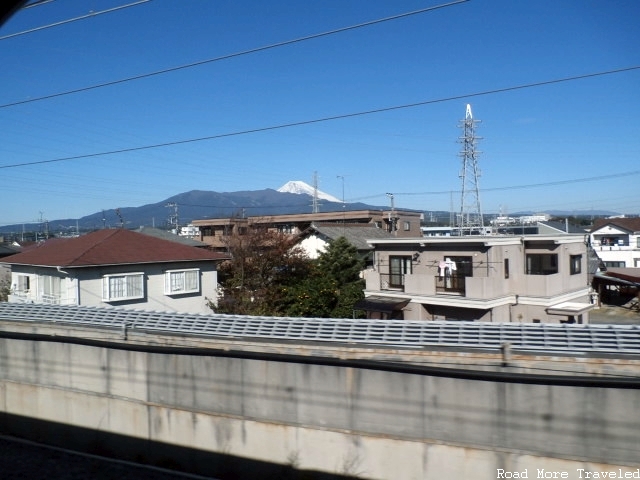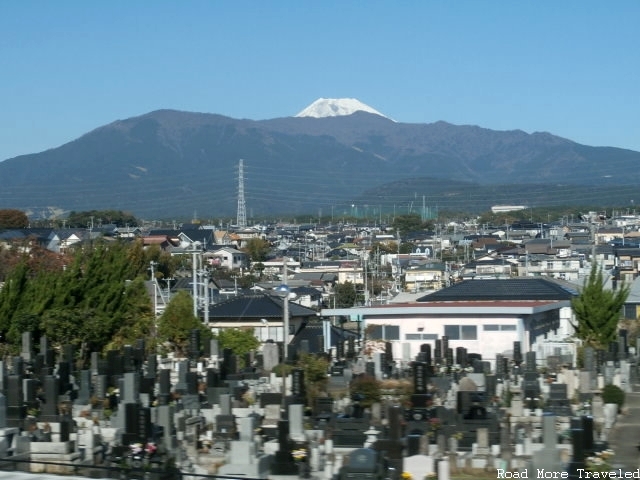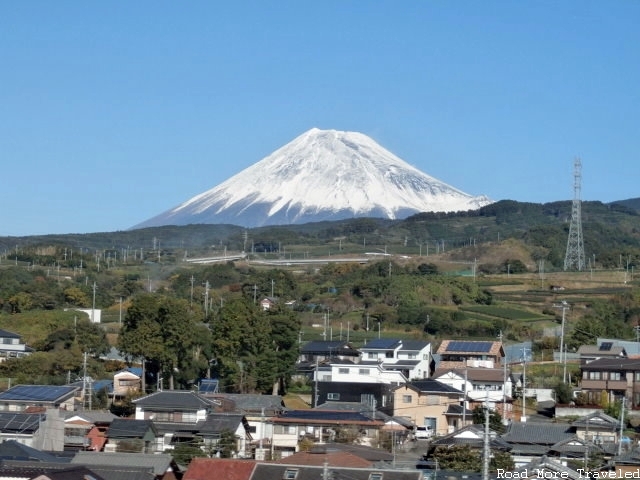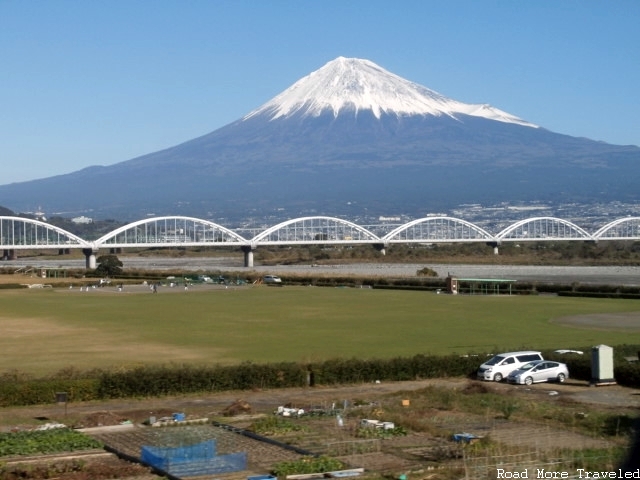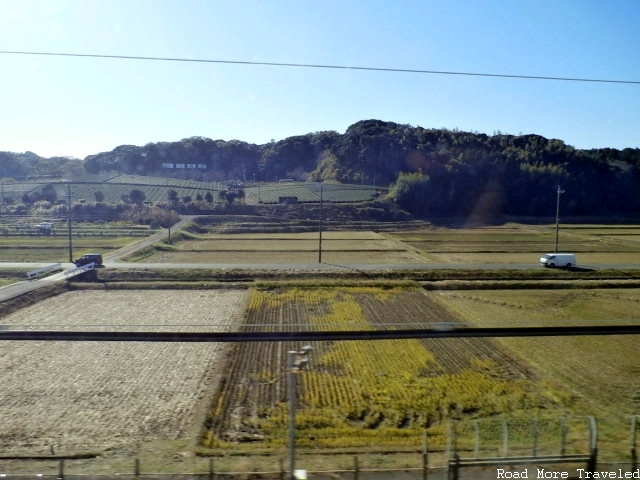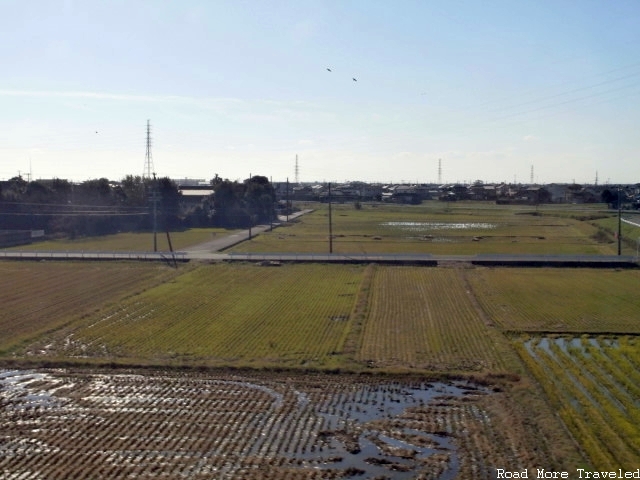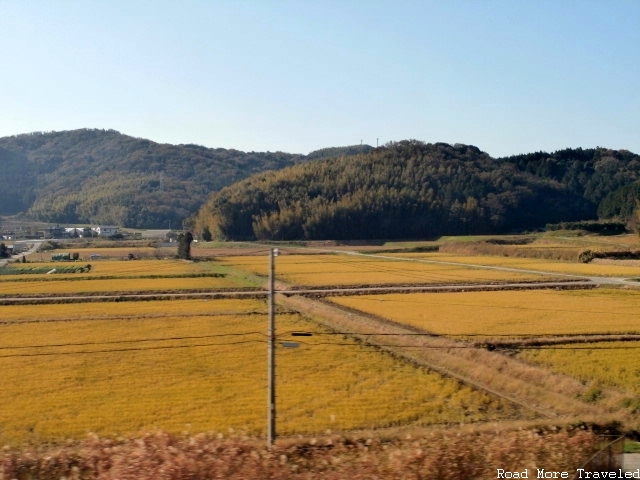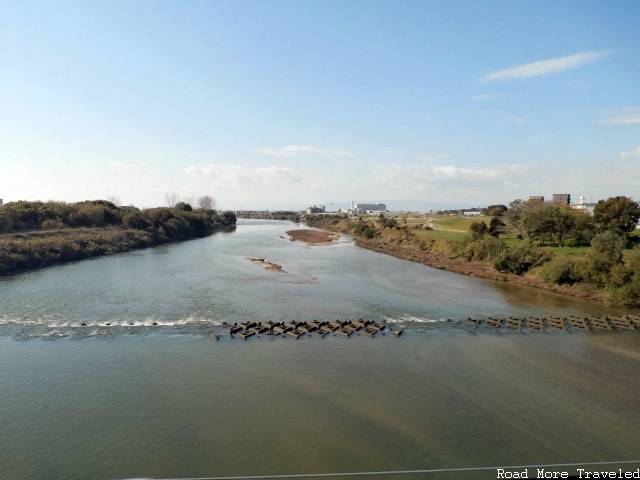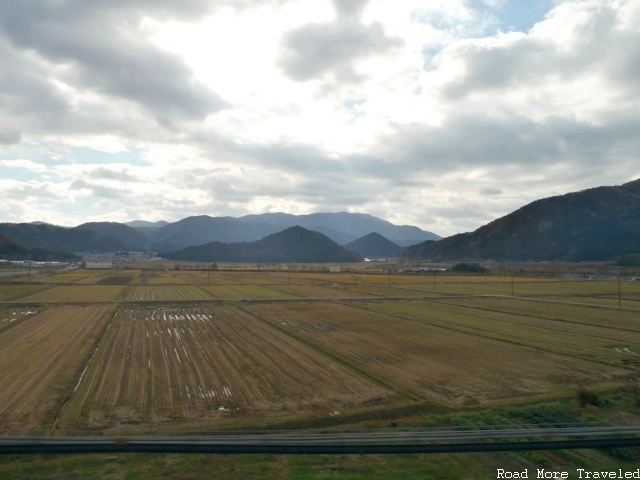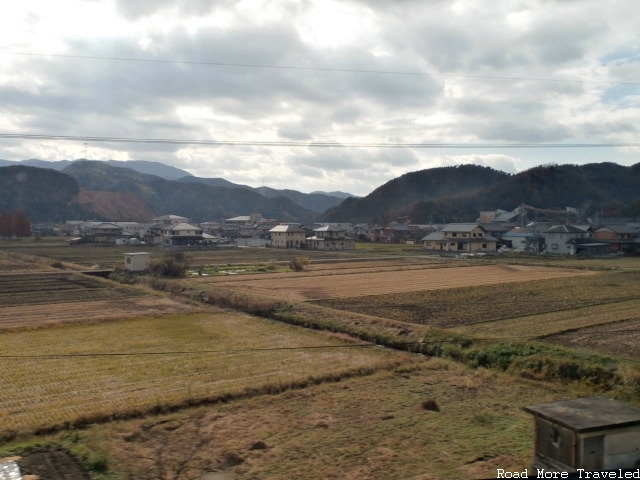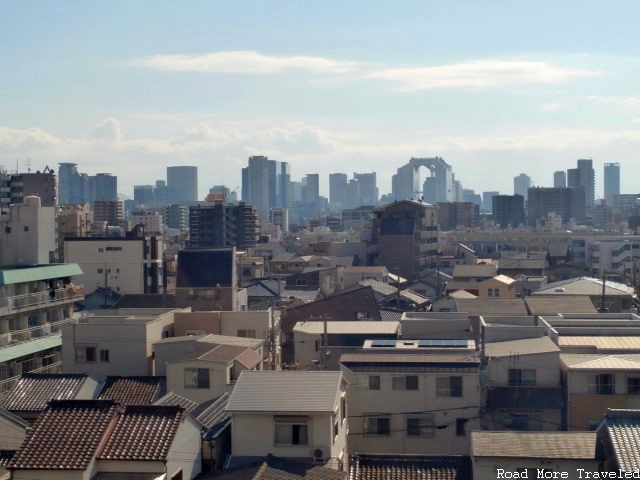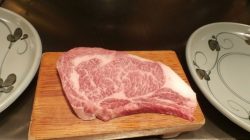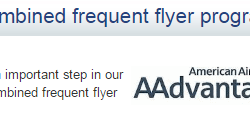As I mentioned in the trip report introduction, our day trip to Kobe would feature two unique modes of transportation, the Shinkansen high-speed train on the way to Kobe, and a flight on Japanese domestic low-cost carrier Skymark Airlines on the way back. We actually followed the same Tokaido Line that Brad and his wife traveled from Tokyo to Kyoto, but would head two stops further down to Shin-Kobe station. Like Brad, I’ve long found the Japanese bullet trains interesting, and was excited to have the opportunity to try one – especially on my birthday.
Japan Railways (JR) Route Number N-21
- Saturday, November 28, 2015
- Depart: Tokyo Station, 09:30
- Arrive: Shin-Kobe Station, 12:23
- Duration: 2 hours 53 minutes
- Seats: Ordinary Car, Car 5, Seats 7B, 7C
- Train Type: Nozomi
Before getting to the review itself, I wanted to spend a few minutes explaining how to buy Shinkansen tickets. There are a few different options for visitors to Japan:
- Buy a Japan Rail Pass. A 7-day Ordinary pass costs 29,110 yen (~$280). Japan Rail Passes can be a great deal, as they allow for unlimited rides on a variety of rail and bus lines throughout the country. However, do the math before buying one. In general, you’d need to take 2-3 long-distance routes in order to break even with a pass; as a reference point, Tokyo to Kobe fares run 14,600-15,100 yen depending on train type. Also note that passes cannot be used on Nozomi or Mizuho trains (basically the fastest trains).
- If the Shinkansen route is operated by JR-East, you can reserve seats online between 3 and 30 days of train departure and collect the tickets at kiosks at select stations. Unfortunately, seats cannot be reserved for the Tokaido Line, most of which is operated by JR-Central. This line does not permit online reservations.
- You can wait until you get to Japan and buy tickets at a JR ticket office, the largest of which is at Tokyo Station. There was plenty of availability, even for trains the same or next day, while we were in Japan, though Thanksgiving isn’t a particularly busy time of year apparently.
If you are planning to travel beyond Osaka, be aware that not all Tokaido Line trains continue beyond Shin-Osaka station. Check the timetable for your specific route here before buying. Even past Osaka, service is frequent, with trains every 10-20 minutes generally.
Our trip was too short to justify a Japan Rail Pass, and we couldn’t buy tickets online. Thus, we took a few minutes to buy tickets at Tokyo Station on our way to the Calico Cat Cafe. You can buy tickets at the automated kiosks located in several locations throughout the station, but beware: the machines do not accept chip & signature or magnetic stripe cards. You can only use a chip & pin card; if you don’t have one, you’ll have to go to a manned ticket counter to process the transaction. The lines looked really gnarly, so I decided to just bite the bullet and use my debit card.
Two tickets were 29,200 yen (~$245 at the time), so it wasn’t that big a deal. But I wasn’t paying attention, and accidentally bought tickets for Monday the 30th instead of Saturday the 28th. Unfortunately, I didn’t realize until we were halfway to the cat cafe. Which means I had to go stand in line to exchange them anyway. The good news is, Shinkansen tickets are exchangeable without penalty, so no harm-no foul in the end. I might add, the counter personnel are actually quite helpful, and their English skills are quite decent, at least in Tokyo.
I had read some horror stories about connecting from the Metro to the Shinkansen at Tokyo Station, but it really wasn’t bad at all. The signage is good, you just have to go up and down a few levels to get to the platform. Our gorgeous bullet train was waiting as we walked up, about 15 minutes before scheduled departure time.
It took a few more minutes for the train to be cleaned before passengers were allowed to board. A little less than 10 minutes before scheduled departure time, the doors opened, and we were allowed on. The interior of the Ordinary cars is, well, ordinary. They feature blue/green seats against a white backdrop in a 2-3 seating configuration.
As Brad noted, the seats are more comfortable than a standard coach airplane seat. The seats are a little wider, and pitch is more on par with a Premium Economy or Domestic First seat. I thought I had a photo of the seat back in front of me to show legroom, but I couldn’t find it; there was plenty of room to stretch and cross your legs.
There is room in the racks above the seats for small carry-on bags, but otherwise, if you are carrying large bags, they’ll need to be stored in the lockers between cars. Each row has one A/C power outlet on the window side. The passenger that was supposed to be in the window seat (7A) didn’t show, so my wife and I had the outlet all to ourselves. Otherwise, each passenger in the row will need to work out a sharing arrangement.
Our train departed at 9:30 on the dot, and we were on our way. The bullet train actually isn’t all that “bullet” for about the first 20 minutes, as the train makes its way southwest through metro Tokyo, stopping at Shinagawa and Shin-Yokohama stations briefly. Soon after passing Yokohama, though, the train really starts to move. And I mean, fast. Look out the window, and you’ll see the world passing by at an incredible blur. But the passenger experience itself is actually quite serene onboard. You don’t really get a sense of how fast you’re traveling, unless you look out the window.
Also shortly after leaving Yokohama, if it’s a clear day, you’ll want to grab your camera. If you don’t have a window facing the west, head to the breezeway between cars and look out the window there. Why? Fuji-san, that’s why. For about half an hour, you’ll be treated to some incredible views of Mount Fuji in the distance. Just be careful, since you are on a moving bullet train, of course.
There is a long break between stops beyond Yokohama, with the next station being Nagoya, an hour and 25 minutes away, at a distance of 335 km (208 miles). That’s an average speed of nearly 147 miles an hour, incidentally. During this time, the conductor checks tickets, and a cart comes through with food and drinks for sale. (Personally, I found it interesting that the conductor bows to passengers before checking.) I didn’t see many people buying, and I’m not sure what the prices were. After Nagoya, it’s another 38 minutes and 129 km/80 miles to the next stop, Kyoto. Between Fuji and Nagoya, the scenery is largely agricultural, with vast expanses of mostly rice paddies.
Between Nagoya and Kyoto, the scenery becomes considerably more rustic and rural, with farmland broken by rolling hills and mountains, along with several traditional looking villages.
After passing Kyoto, there is only one more stop before Kobe, Shin-Osaka, which services the metroplis of Osaka. This time, we had a great view of the Osaka skyline out our window.
From there, it’s just another 14 minutes to Shin-Kobe, where we arrived exactly on time at 12:23. Shin-Kobe station is located at the start of the hills a little north of the city itself. It’s a short, cheap subway ride to the city center. You can also walk it if you’d prefer some fresh air. It’s about 2 miles, and a roughly 30-40 minute walk, to downtown, and about a mile and a quarter, or about 20 minutes, to the main shopping area in Sannomiya. Our intention when getting off was to head straight to the restaurant I’d picked out for my steak, since it was already lunchtime. Things didn’t work out quite as planned, though. Come back for next week’s installment to hear that story.
Overall Thoughts
The Shinkansen is a fast, easy, and comfortable way to get around Japan. It’s pretty darned cool to travel more than 320 miles in under 3 hours over land, and I can’t think of a better way to enjoy Japan’s beautiful scenery. It does, however, tend to be the most expensive mode of travel, as the high-speed trains tend to be more popular than air travel. Though tickets were still a relatively decent $125 apiece, that was quite a bit pricier than our return tickets on Skymark, which ran $72 each. Nevertheless, I recommend experiencing the Shinkansen if you have the time – especially if you’re traveling with kids who are train geeks.
Next up – I finally get to enjoy what I traveled all the way to Japan for, Kobe steak.
Note: This post is part of my trip report series about our trip to Japan in November, 2015. Click here for the introductory post and trip report index.


